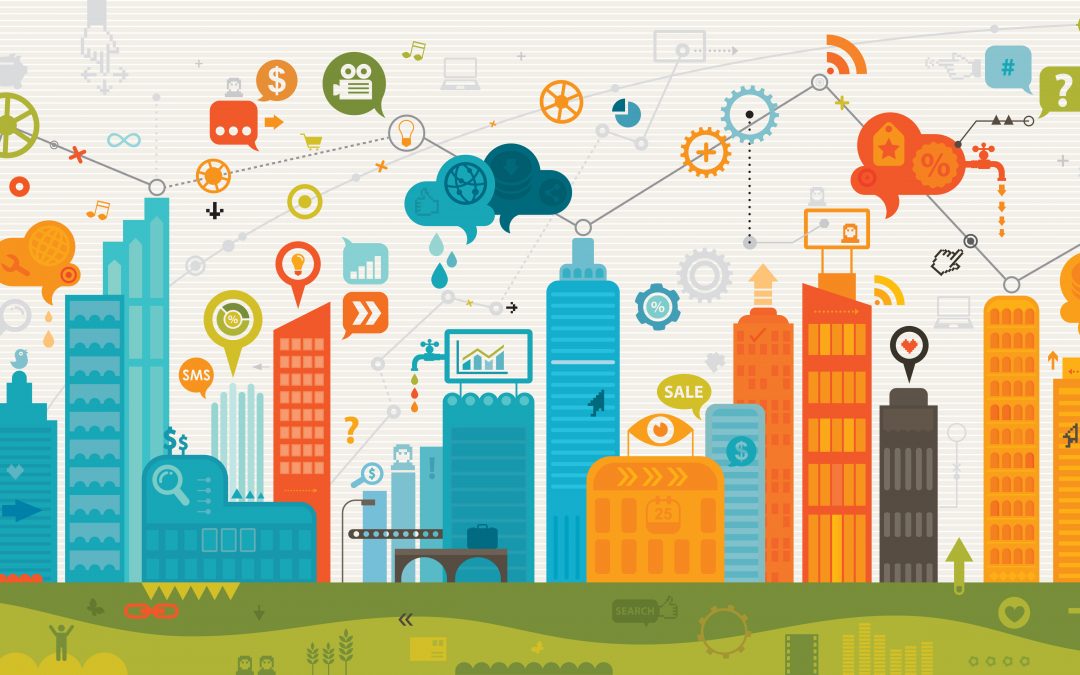The world of technology is becoming more and more familiar with Internet of Things; it has entered our lives and is everywhere around us, but the definition is not quite new. It was back in 1999 when Kevin Ashton, a British technology pioneer working at Auto-ID labs at Massachusetts Institute of Technology (MIT), coined the term “Internet of Things”. But what is actually Internet of Things (IoT) and why it deluged in our lives?
Internet of Things is considered any connection (inter-networking) between physical devices/vehicles/buildings and electronics/software/sensors, enabling them to collect and exchange data. It allows objects to be sensed and controlled remotely across existing network infrastructure, creating opportunities for more direct integration of the physical world into computer-based systems. A short but accurate definition for IoT could be: “the infrastructure of the information society”. IoT is expected to offer advanced connectivity of devices and services that goes beyond machine-to-machine (M2M) communications. In fact, with IoT what in an earlier age would have been defined as magic is now a reality; designed, planned and operated by technology pioneers around the world.
Nowadays, progressively, big innovative companies, with the technology industry as the pioneer, design and develop devices capable to connect to the internet and interact with their environment making up a new way to collaborate, innovate and socialize. Smart devices like smartphones, smartwatches, electric cars and home equipment are some of the leading actors driving the evolution of Internet of Things. A recent example concerning IoT is the smart city project, a very ambitious plan which has as main goal to manage a city’s assets through communication technology in order to improve quality of life.
Although IoT has become a crucial part of our everyday life, there is a major challenge web-connected product designers face and try to vanquish: how to make the devices self-powering. Some smart devices, particularly wearable ones, consume enough energy during the day driving users to devote attention for regular charging. It can become a really annoying brain teaser especially if you have five or ten smart devices. To tackle this, wearable devices exploit movement and flexion in order to draw off energy while other devices take advantage of their environment using photovoltaic cells to generate solar power or any other available infrastructure.
The Internet of Things poses some challenges, but also a world of opportunities, because it is applicable to a wide spectre of sectors and markets. From transportation industry to clothing and from agricultural industry to entertainment the take-off of IoT will shift the organizations and the businesses to innovate, increase efficiency and become more sustainable Also, predictions range from 20 to 50 billion products being connected to the Internet by the end of this decade and all of them will be designed to make life easier for us.
References:
https://digitalstrategy.rsm.nl//2016/10/02/smart-cities-how-will-they-change-our-lives/
http://www.itu.int/en/ITU-T/gsi/iot/Pages/default.aspx
http://www.postscapes.com/internet-of-things-history/
https://www.ericsson.com/spotlight/services/internet-of-things/
https://en.wikipedia.org/wiki/Kevin_Ashton
https://en.wikipedia.org/wiki/Smart_city

